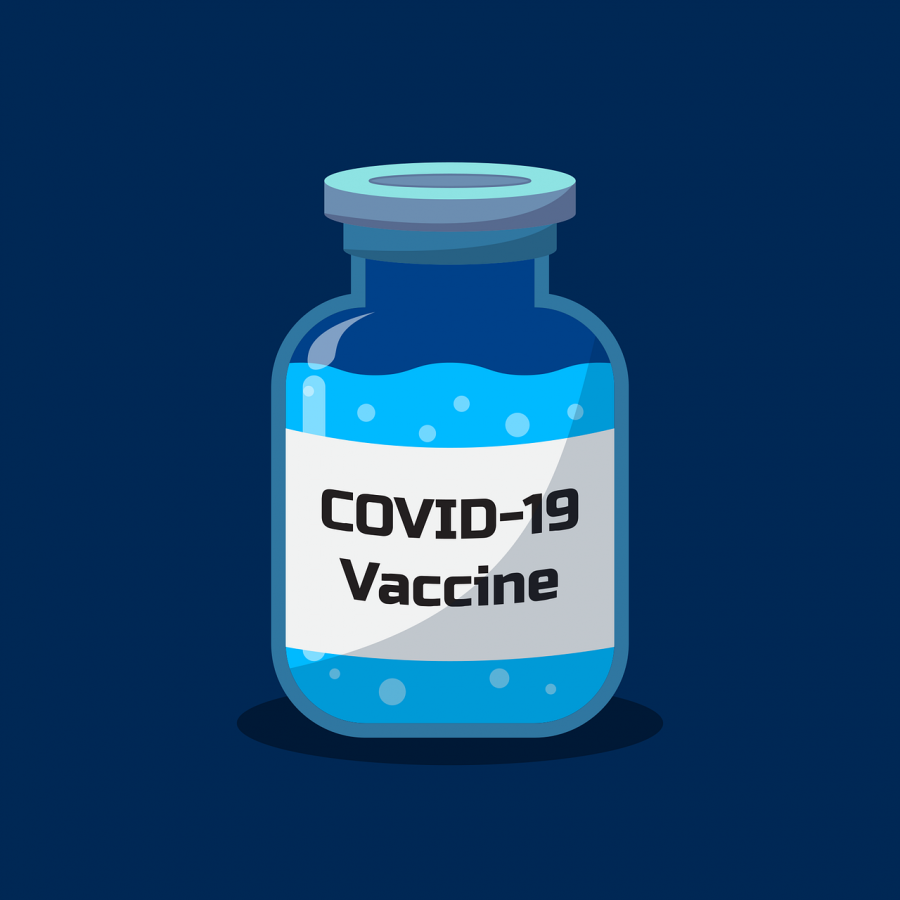New Vaccine Shows Promising Signs in Fight Against COVID-19, Draws Caution From Experts
Shafin_Protic
A new COVID-19 vaccine has been released to the media. Pfizer Inc. and BioNTech SE believe that this vaccine will be available by the end of Nov.
November 16, 2020
Drugmaker companies Pfizer Inc. and BioNTech SE released a vaccine on Monday, Nov. 9 that has proved to be 90 percent effective for protecting people from COVID-19. Operation Warp Speed, the federal effort to rush vaccine trials, has proposed a $1.95 billion plan to deliver 100 million doses to the federal government before the end of the year.
“This is a historical moment,” Kathrin Jansen, the head of vaccine research and development at Pfizer, said to the New York Times. “This was a devastating situation, a pandemic, and we have embarked on a path and a goal that nobody ever has achieved, to come up with a vaccine within a year.”
Chief executive and co-founder of BioNTech Ugur Sahin started working on this vaccine in Mainz, Germany alongside Pfizer Inc. CEO Albert Bourla, after reading about it in the Lancet, a general medical journal that is peer-reviewed by scientists internationally. Mr. Sahin assembled a 40 person team titled Project Lightspeed to figure out a vaccine. Using genetic material called messenger RNA, also known as mRNA, the vaccine is injected into muscle cells, where it is able to stimulate the immune system. This process acts similarly to how a protein is formed. Mr. Sahin believes that this will result in long-lasting protection, however, this has not been verified.
This newly released vaccine has been criticized by many scientists. For one, the medical report was published in a news release, not a peer-reviewed medical journal, thus making the information unreliable. Also, Pfizer Inc. has been very vague with their reports on this vaccine. There have been many gaps in the reports relating to the age range this vaccine applies to, the ethnicities of people that have been tested, and the duration of the vaccine before revaccination is required. In addition, the report did not indicate how many of the people developed mild versus more severe forms of COVID-19 after getting vaccinated. This information is crucial in order for the U.S. Food and Drug Administration to approve it and release it to the public.
“I think it’s great that a vaccine is currently in the works with the CDC,” Head of the Department of Microbial Pathogenesis and Immunology at the College of Medicine at Texas A&M Dr. James Samuel said. “However, the timeline given is not reasonable. Given the odds, I do not believe that this vaccine will be out before the end of the year. There are too many gaps. We cannot just follow off of given data. Every company has secrets and it’s important that people are made aware of that before getting something that could harm them in the long run.”
On the contrary, other scientists have been stunned by the data released. This is the first COVID-19 vaccination that has been announced to the public with abundant information. Furthermore, the short amount of time needed to create this vaccine and the high success rate shows that it won’t be long until the vaccine is released.
“I think it’s really cool that we already have talks of a vaccination coming out soon,” Ben Ramsey ‘22 said. “I wasn’t expecting anything to be approved until 2021 or 2022. I just hope it gets approved and starts working so I can go to school without the chance of getting COVID-19.”
Mr. Bourla expects the vaccine to be ready and approved by U.S. regulators before the end of November. He also plans to have 50 million vaccine doses distributed around the world before the year ends, and 1.3 billion before the end of 2021.



